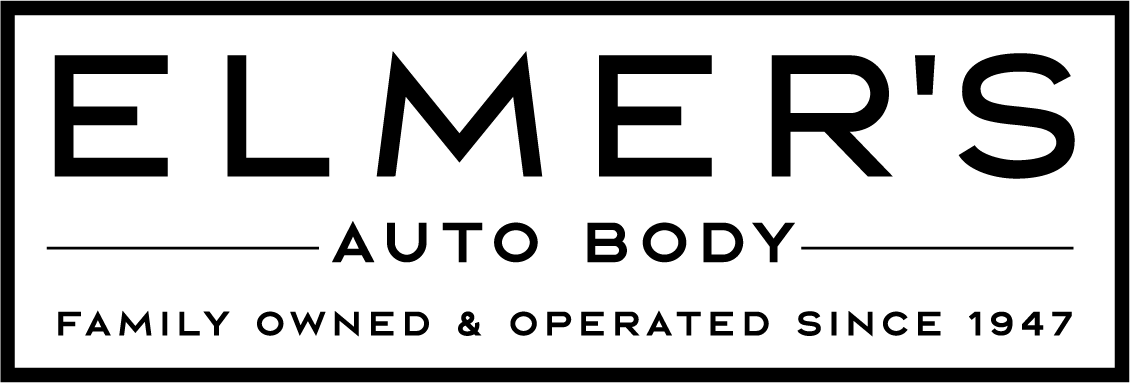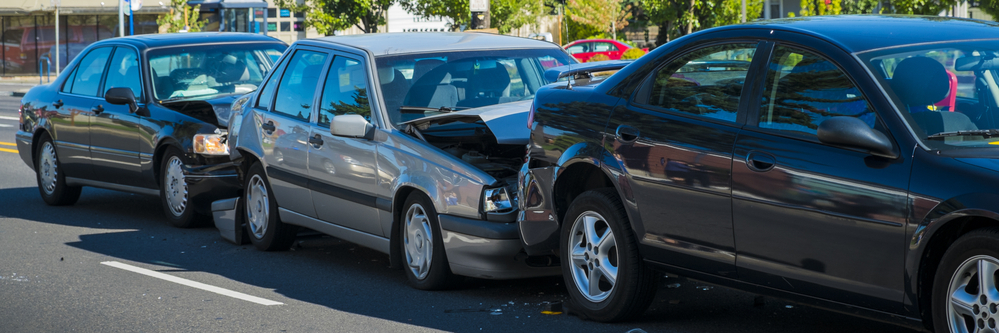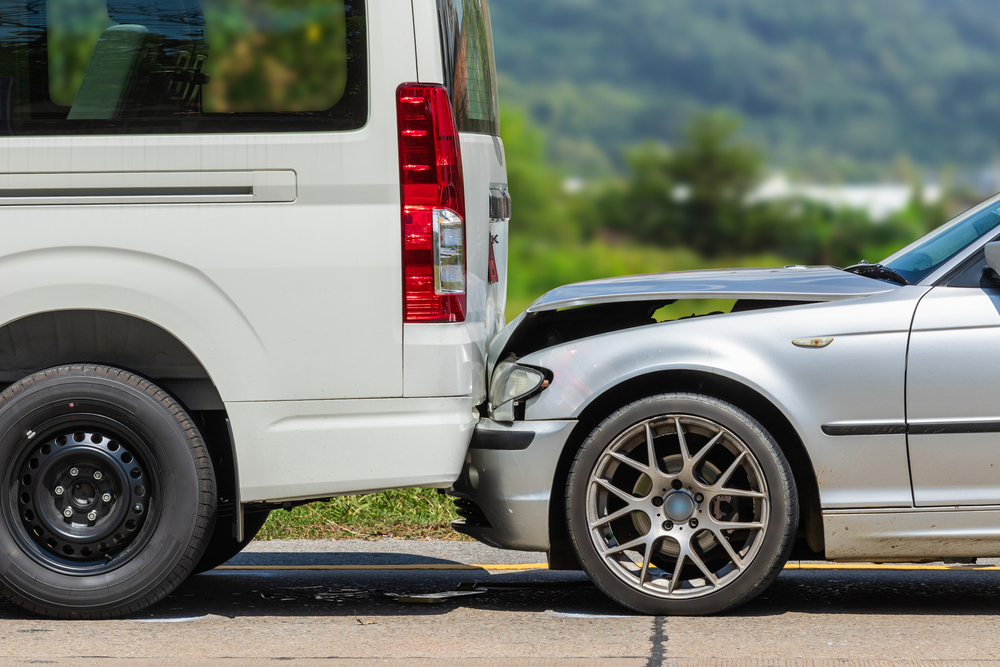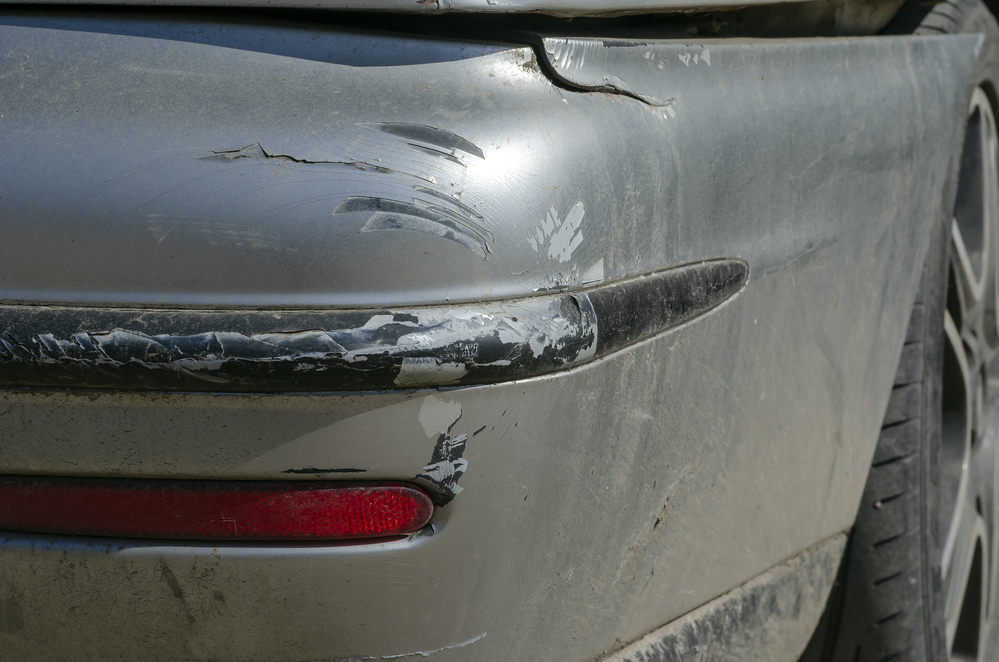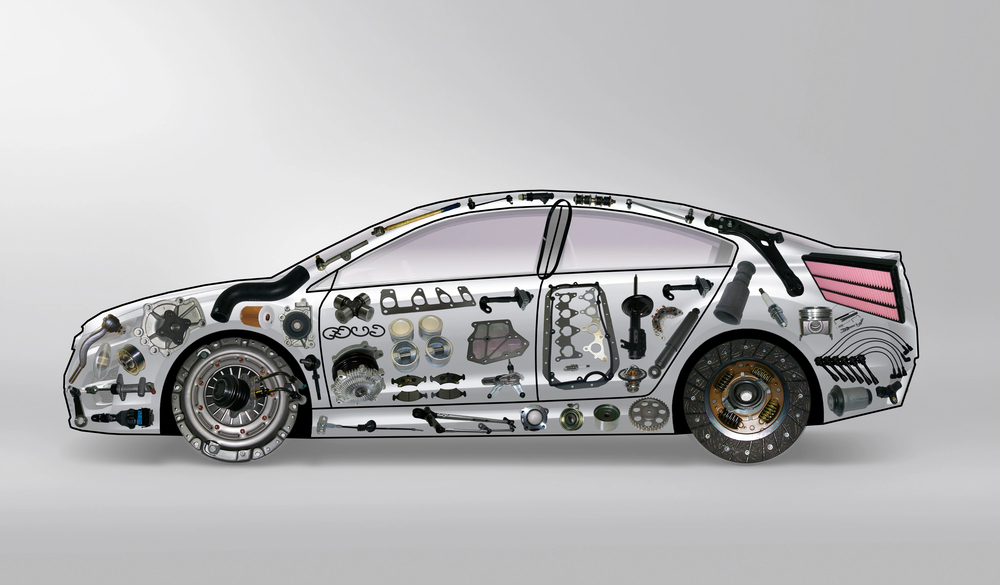When your car is having problems, knowing where to go can save you a lot of time and stress. However, where do you take your vehicle? There are many kinds of service providers out there, including general mechanics, auto body repair, detailing, and more. If you find yourself stuck between choosing a collision repair shop vs an auto mechanic shop in South Jersey, there are a few things you can consider to make the best choice. Let’s talk about the differences between collision repair and auto mechanics.
Key Takeaways
- Collision repair shops focus on external damage from accidents, while auto mechanic shops address mechanical issues and maintenance.
- Auto mechanic services cover routine maintenance like oil changes, diagnostic services, engine repair, brake and suspension repair, transmission services, and electrical system repairs.
- Collision repair shops use specialized tools for bodywork and painting, while auto mechanic shops rely on diagnostic tools for mechanical issues. Technicians have different training.
- When choosing where to take your vehicle, select the shop based on the damage; collision repair for accidents and auto mechanic for maintenance and mechanical repairs.
What is a Collision Repair Shop?
A collision repair shop is a facility that specializes in repairing automobiles that have been damaged due to an accident or collision. These shops typically focus on restoring damaged vehicles to their pre-accident condition by repairing frame damage, dings and dents, and other parts that may have been damaged. Collision repair shops like Elmer’s Auto Body in South Jersey also have highly trained technicians and state-of-the-art equipment on hand to deal with the most complex of repairs.
Here are some services provided by the typical collision repair shop:
- Body Repair: Collision repair shops specialize in repairing body damage sustained in accidents. This includes fixing dents, scratches, and dings on the vehicle’s exterior panels.
- Frame Straightening: In more severe collisions, the vehicle’s frame or chassis may become misaligned. Collision repair shops use specialized equipment to straighten and realign the frame to its original specifications.
- Painting and Refinishing: After repairing body damage, collision repair shops often provide painting and refinishing services to restore the vehicle’s appearance. This includes matching the paint color and applying clear coats for a seamless finish.
- Panel Replacement: If a vehicle’s body panels are too severely damaged to repair, collision repair shops may replace them with new or refurbished parts.
- Glass Replacement: Collision damage can also affect windows, windshields, and mirrors. Collision repair shops can replace shattered or cracked glass components to restore visibility and safety.
- Airbag Replacement: In accidents where airbags deploy, collision repair shops can replace the deployed airbags and reset the vehicle’s airbag system to ensure it functions properly.
What is an Auto Mechanic Shop?
Also know as an automotive repair shop or garage, the auto mechanic shop deals in a broader range of services than a collision repair shop. Often, such services are related to vehicle maintenance and minor repairs.
Let’s take a look at some of the general services provided by auto mechanics:
- Routine Maintenance: Auto mechanic shops perform routine maintenance services to keep vehicles running smoothly and prevent potential issues. This includes oil changes, fluid flushes, tire rotations, and filter replacements.
- Diagnostic Services: When vehicles experience mechanical issues or warning lights illuminate on the dashboard, auto mechanic shops use diagnostic tools and techniques to identify the underlying problems.
- Engine Repair and Tune-Ups: Auto mechanic shops handle engine repairs, including diagnosing and fixing issues such as misfires, overheating, and poor performance. They also perform engine tune-ups to optimize fuel efficiency and performance.
- Brake and Suspension Repair: Auto mechanic shops repair and replace brake components, such as brake pads, rotors, and calipers, to ensure safe stopping performance. They also address suspension problems, such as worn shocks or struts, to maintain vehicle stability and comfort.
- Transmission Services: Auto mechanic shops offer transmission repairs, including fluid changes, clutch adjustments, and, in some cases, complete transmission rebuilds or replacements.
- Electrical System Repairs: Modern vehicles have complex electrical systems, and auto mechanic shops diagnose and repair issues with components such as batteries, alternators, starters, and wiring harnesses.
Collision Repair vs Auto Mechanic: How Are They Different?
The difference between collision repair shops and auto mechanic shops is seen in the scope of their services. For example, collision repair shops handle damage to a vehicle’s exterior, including dents, scratches, dings, and structural damage resulting from collisions. In contrast, auto mechanic shops address mechanical issues and wear-and-tear-related problems such as engine malfunctions, transmission problems, brake failures, and electrical system issues.
Collision repair shops and auto mechanics also use different equipment. It is not uncommon to see frame straighteners, paint booths, and dent repair tools in a collision repair center, while auto mechanic shops have diagnostic tools, lifts, and repair equipment.
Additionally, collision repair shops often work closely with insurance companies to handle claims for accident-related repairs. They may provide estimates, negotiate repairs, and coordinate payment directly with insurers. Auto mechanic shops typically deal less with insurance companies unless repairs are related to covered incidents like mechanical breakdowns or warranty work.
Which Shop is the Best Choice for Your Vehicle?
When you are trying to decide between a collision repair and auto mechanic shop, the main thing to consider is the kind of damage that you need fixed. If your car, truck, or SUV has recently been in an accident, there is a high chance that a collision repair center like Elmer’s Auto Body is going to be the better choice. Not only are collision repair shops furnished with the latest technology to make those repairs seamless, but they also employ technicians who are skilled and certified by manufacturers to conduct those repairs.
However, if you need routine maintenance and haven’t been in an accident, then an auto mechanic shop will be the better choice.
Contact a Collision Repair Shop in South Jersey Today
Now that you know the difference between collision repair and auto mechanic shops in South Jersey, which one do you need? If your vehicle has suffered damages due to a recent collision, then it is time to search for a collision repair shop like Elmer’s Auto Body. Choose any of our three locations in Mt. Ephraim, Sewell, or Medford to receive top-quality repairs from experienced repair specialists. Contact us today by filling out the online form to schedule your appointment. It’s time to get your vehicle back on the road.
